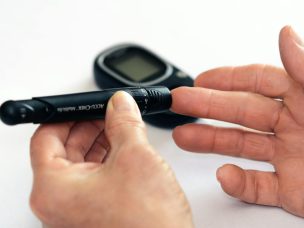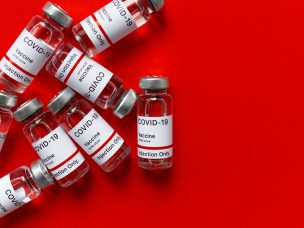MONDAY, Dec. 28, 2020 (HealthDay News) — Risk factors for mortality in hospitalized patients with COVID-19 include male sex, hypertension and diabetes with chronic complications, and obesity, according to a study published online Dec. 18 in Clinical Infectious Diseases.
Katherine E. Goodman, J.D., Ph.D., from The University of Maryland School of Medicine in Baltimore, and colleagues performed a retrospective cohort study of COVID-19 inpatients to examine the correlation between patient characteristics and mortality across age groups. Data were included for 66,646 admissions with a COVID-19 diagnosis across 613 U.S. hospitals.
The researchers found that 18.6 percent of the patients died in hospital. Male sex was independently associated with increased mortality risk in a multivariable analysis (adjusted relative risk [aRR], 1.30; 95 percent confidence interval [CI], 1.26 to 1.34). At no age was diabetes without chronic complications a risk factor (aRR, 1.01; 95 percent CI, 0.96 to 1.06); for those aged 20 to 39 years only, hypertension without chronic complications was a risk factor (aRR, 1.68; 95 percent CI, 1.17 to 2.40). In most age groups, diabetes with chronic complications, hypertension with chronic complications, and obesity were risk factors, with the highest relative risks among those aged 20 to 39 years (aRRs [95 percent CIs], 1.79 [1.23 to 2.61], 2.33 [1.50 to 3.60], and 1.92 [1.43 to 2.57], respectively; P values ≤ 0.002).
“Predicting which hospitalized COVID-19 patients have the highest risk of dying has taken on urgent importance as cases and hospitalizations in the United States continue to surge to record high numbers during the month of December,” a coauthor said in a statement.
One author disclosed financial ties to UpToDate.
Abstract/Full Text (subscription or payment may be required)










